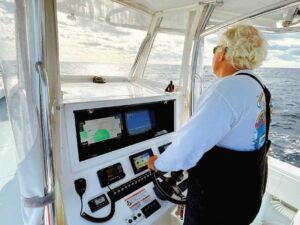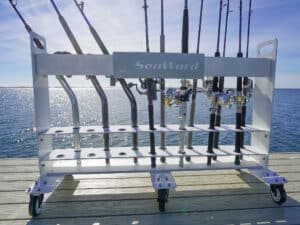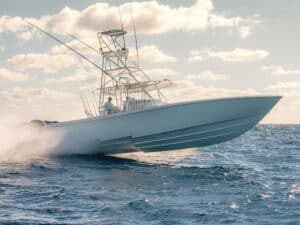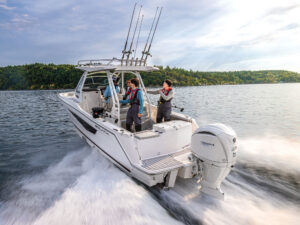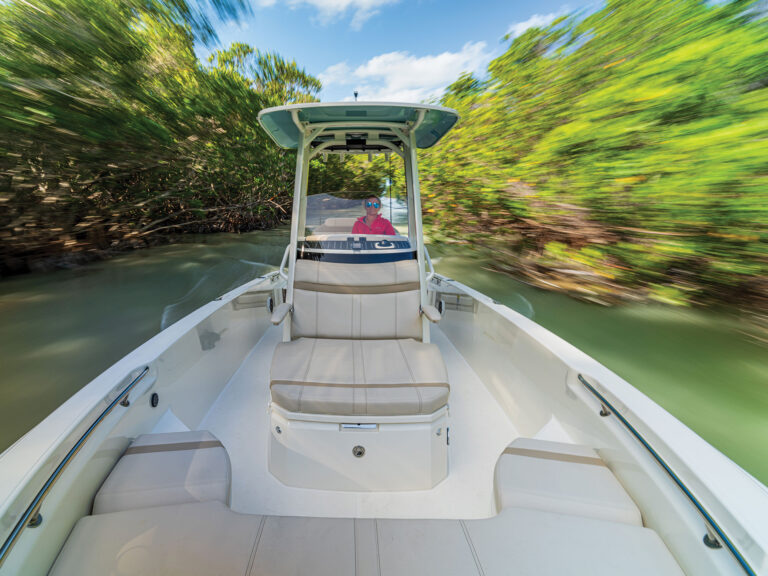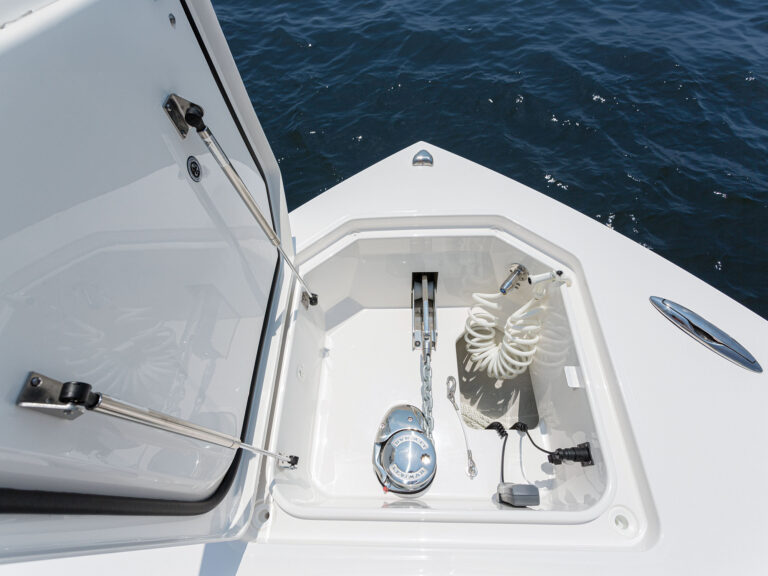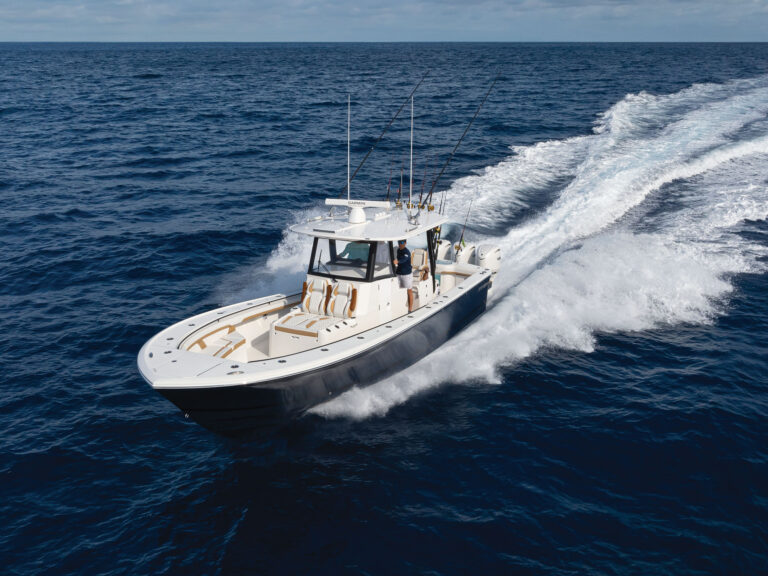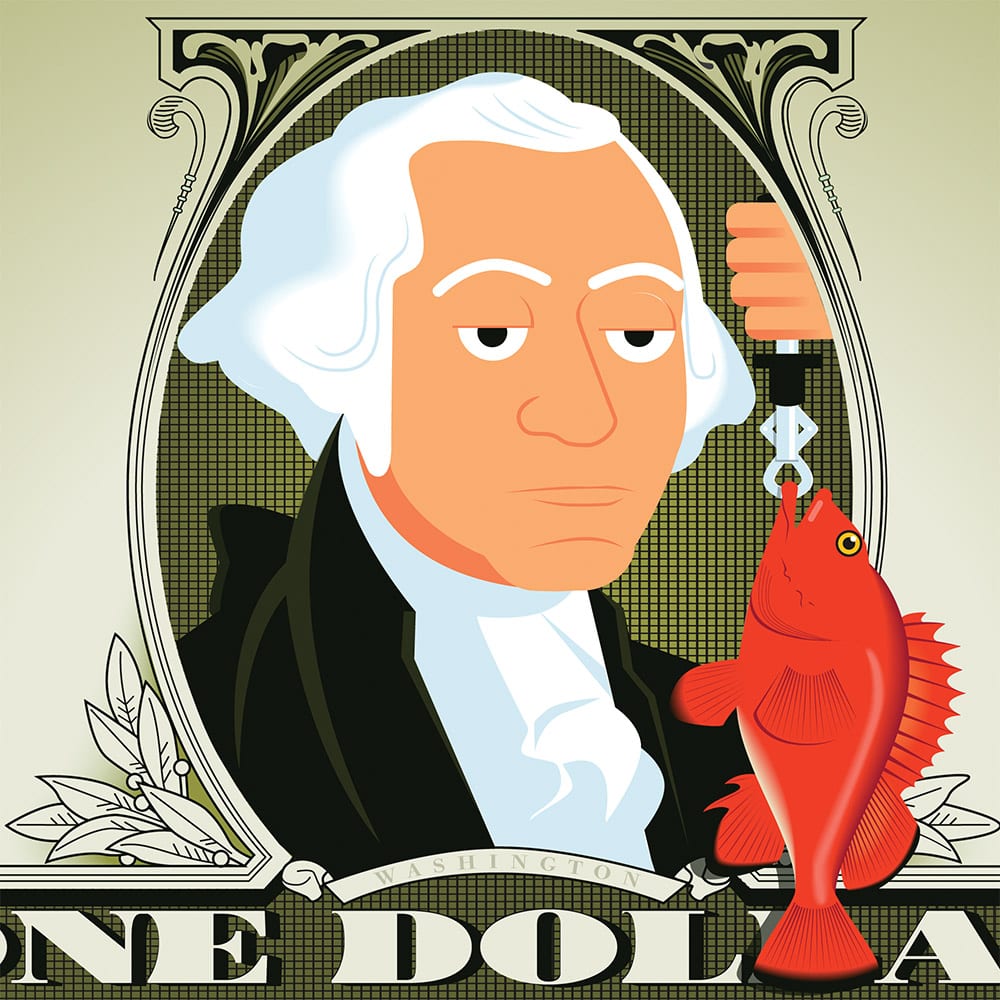
From time to time, we talk about the value of the recreational fishing industry to the U.S. economy. This is going to be one of those times. Everyone seems to know about the old adage “Money talks and BS walks.” But what does that have to do with fisheries conservation? Well, I’m going to show you the money, and you can judge for yourself what the correlation is.
The American Sportfishing Association, which is committed to supporting the interests of the industry and the general recreational fishing community, periodically compiles and distributes reports on the economic contributions of sport fishing. It has recently released a new report that gives the economics broken down by congressional districts: asafishing.org/sportfishing-industry-releases-updated-economic-contributions-of-recreational-fishing-by-u-s-congressional-districts. Every time it puts out this information, it tries to do it in a fashion that will be of interest to readers and give the data some relationship to the average angler. The most recent release has done a great job of doing just that.
The overall recreational fishing industry has 49 million participants. Those anglers generate almost $50 billion in retail sales, which translates into a $125 billion impact on the economy. The industry generates employment for more than 800,000 people, and yours truly happens to be a part of that lucky group. The saltwater-angling segment of the overall economic impact is 24 percent.
Recreational fishing is the second most popular outdoor activity behind jogging. More U.S. citizens fish than play golf (23.8 million) and tennis (18.1 million) combined. More than twice as many people fished in 2016 than attended all the NFL season games combined. The growth in the outdoor recreation industry was 1.7 percent, which compared favorably to the overall economic growth of 1.6 percent. All of these statistics are from 2016, and it is likely that growth has continued since.
Compared to automobile or computer manufacturing, the outdoor recreation industry’s gross output exceeds both of those hot industries. As impressive as these statistics are, they tell only part of the story.
Fishing enthusiasts have always been concerned about the future of the resources they depend on. Because of their long-term view, anglers have been willing to support the resource. In 1950, anglers helped pass the Federal Aid in Sport Fish Restoration Act. Since then, this act has raised over $38 billion for conservation programs, money that can only be spent on fisheries and habitat. Add to that the funds raised through a portion of the motorboat fuel taxes also earmarked for fisheries conservation as well as improved access. And it does not stop there. Anglers between the ages of 16 and 65 also purchase fishing licenses. Much of this money is earmarked by states for fisheries management and resource enhancement. I know of no other outdoor pursuit as conservation-minded and supportive as fishing is. Anglers and their industry understand that without a sustainable resource, they have no tomorrow.
Yes, much of the money spent and conservation funds raised are for freshwater projects—over 80 percent of the activity. But that still benefits those who fish primarily in the saltwater environment. The last time I checked, water flows downhill and ultimately into the ocean. So, clean water, protected habitat and sustainable resources upriver benefit the estuarine areas where many of the important gamefish species start life. They in turn benefit the ocean environment.
With changing demographics, more folks are moving to coastal areas and fishing. That increases the pressure on resources, but also increases the available conservation funding.
There is no country that recognizes and manages resources for the benefit of recreational users the way the United States does; there is no country that has more conservation-minded users than the sport-fishing industry; there is no country that raises more funding to support fisheries resources than we do.
Pat yourself on the back and thank your fishing friends. At the same time, think about what you can do to support fish and fisheries for the future. These truly are our resources, and we need to participate in the process to make sure they are around for the future. That process is being made harder by environmental factors, but certainly not impossible. I believe that we all care. We just need to make sure we put that feeling to good use.

